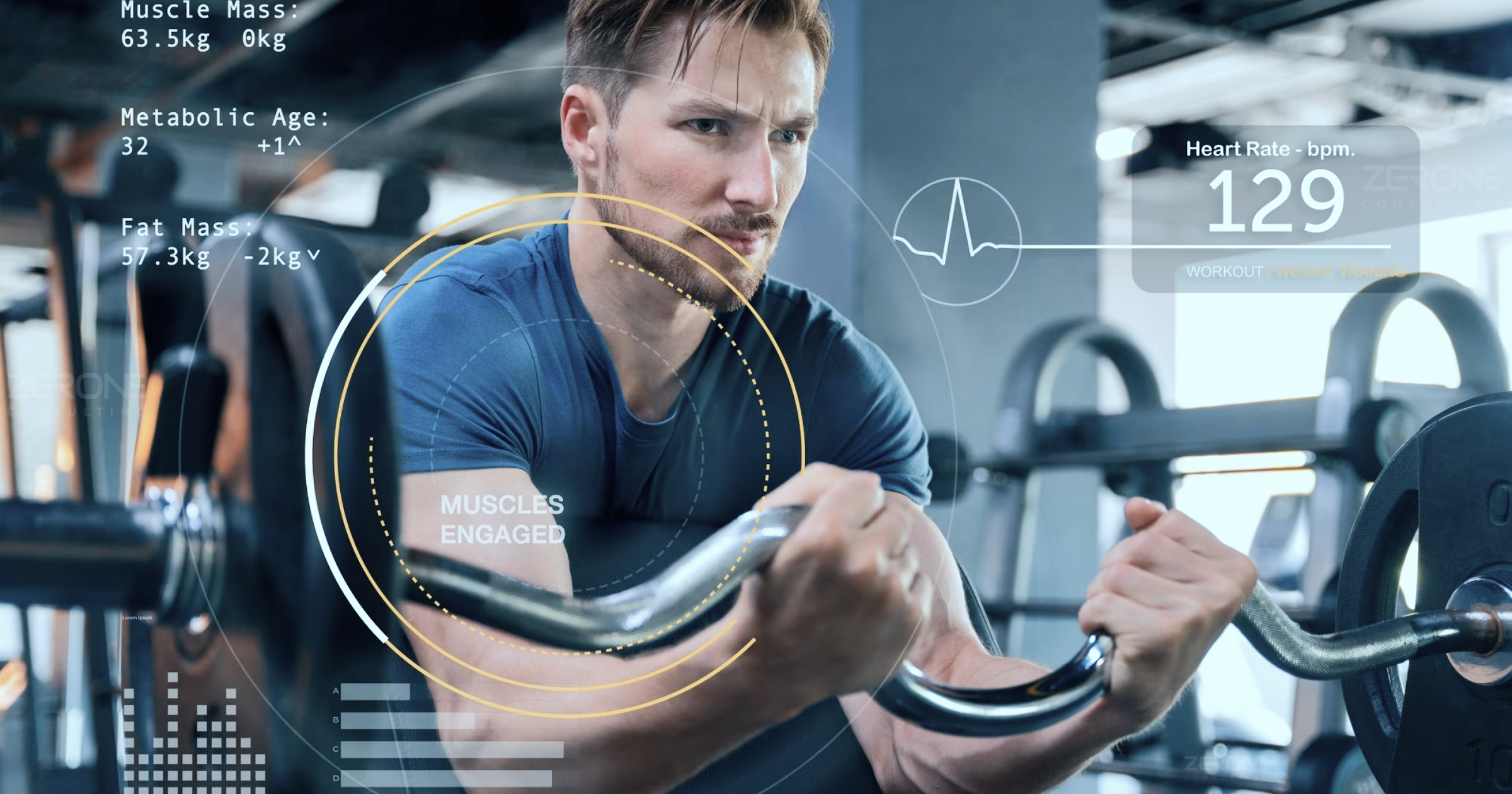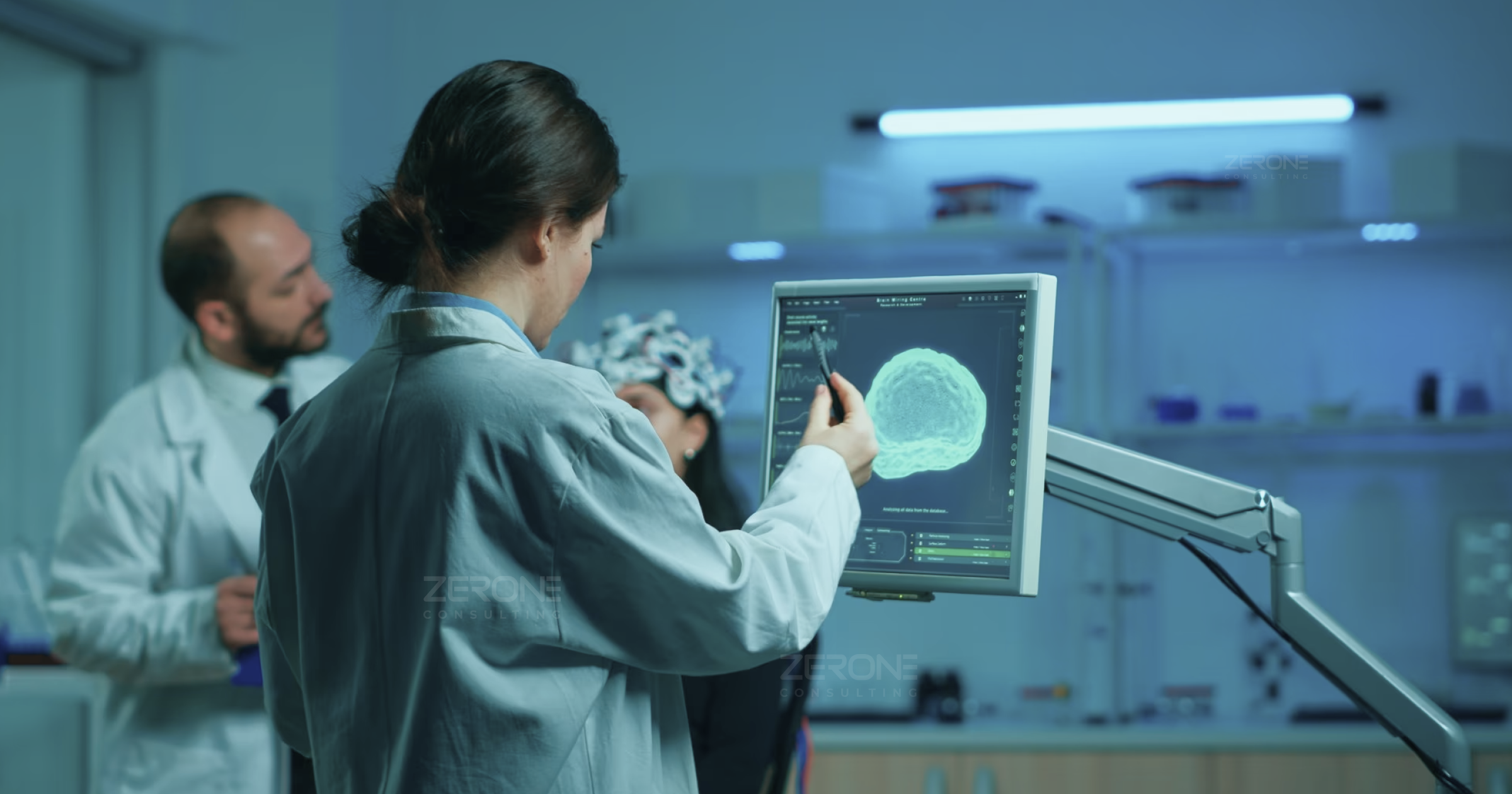Healthcare IoT: How the Landscape Looks Like in 2019?
Internet of Things has created several specific use cases for participants across the healthcare ecosystem; the industry, personal healthcare, care givers, healthcare payment applications and so on. So far, most of the IoT initiatives in healthcare revolved around two levels: at the people level and at the non-medical asset level. At the people level, IoT is primarily employed to support care enhancement initiatives such as remote monitoring and tele-monitoring, while the non-medical application of IoT involves tracking, monitoring and maintenance of assets like medical devices, healthcare assets, hospital building assets and so on.
However, these use cases are just the beginning as IoT continues to present more advanced and integrated approaches that can accelerate digital transformation in healthcare. Specific applications such as smart home care, smart pills, personal healthcare, robotics and Real-Time Health Systems (RTHS) are a few examples to be mentioned.
How IoT is making connected healthcare a reality in 2019? What are the major healthcare IoT trends projected for the end of this decade? This piece takes a look.
Major healthcare IoT predictions for 2019
“IoT is heading for mass adoption in healthcare by 2019, driven by better than expected results”, states a global survey conducted by Aruba (a Hewlett Packard Enterprise company). The study further reveals that Internet of Things has hit an inflection point, and industry leaders now see it as a vital technology for transforming their businesses.
Major findings from Aruba’s survey:
-
By 2019, 87% of healthcare organizations will have adopted IoT
-
76% believe that IoT will transform the healthcare industry
-
60% of healthcare organizations globally have introduced IoT devices into their facilities
-
42% of survey respondents rank monitoring and maintenance as the number one use of IoT
-
Eight out of ten respondents report an increase in healthcare innovation due to IoT
-
73% of respondents mention cost savings as the primary gain of healthcare IoT
Another survey held by IDC predicts that by 2019,
-
Over 40% of healthcare organizations will use IoT-enabled biosensors
-
There will be a 50% increase in the use of robots to deliver medications, supplies, and food throughout the hospital
-
60% of healthcare applications will collect real-time location data and clinical IoT device data, and embed cognitive capabilities to discover patterns, which frees up 30% of clinicians’ time
Various researches mention that the period from 2017 until 2022 will be a phase of transition in healthcare due to the fast expanding deployment of IoT. Global healthcare providers are utilizing IoT to improve patient monitoring, reduce medical expenditure and foster healthcare innovation.
Factors that drive IoT adoption in healthcare
Technavio, a leading global market research company based in the UK highlights the following four factors that are contributing to the growth of global smart healthcare market:
Rising demand to remotely monitor health conditions of aging population:
Longevity of life expectancy due to modern medicine has increased the world’s aging population, and also resulted in the growth of several chronic diseases such as diabetes, cancer, arthritis, obesity, asthma, and heart diseases among the elderly. This in turn increases the need for effective monitoring of health conditions and day-to-day activities of the aged population. Smart healthcare products with embedded technologies, such as communication technology, sensor technology, and data analysis techniques are capable of monitoring an elderly person’s physical conditions, and support diagnosis and treatment of several cardiovascular, neurological, and pulmonary diseases.
Increased consumer health consciousness:
Increasing awareness and engagement of consumers with regards to their health, growing demand for remote and home care facilities, personal healthcare management, reduction of healthcare expenditure, increase in the use of mobile health applications, and an overall higher degree of patient care are triggering the need for a more integrated and IoT-enabled eHealth approach.
Growing popularity of healthcare wearables among consumers:
Smart wearable devices help consumers track and monitor their health on a regular basis. Individuals use these devices to track their heart beat and pulse rate, monitor variations in body temperature, check calories burnt, remote cardiac monitoring, and record sleep statistics. Healthcare devices can be synchronized with mobile devices, such as smartphones and tablets, that helps the users monitor sleep patterns and receive calendar alerts about their physical activities and medical conditions. The popularity of these wearable fitness devices among consumers is likely to increase the demand for smart wearable healthcare devices and services.
Strategic alliances in smart healthcare market:
Various healthcare ecosystem players are coming up with novel approaches and partnerships to leverage personalized care, and gain new insights into any physical risks or lifestyle challenges. The recent Fitbit- Google partnership for example, allows users to connect data from Fitbit wearables with electronic medical records (EMRs), which helps them gain improved awareness of their own health. For the doctors, it provides a holistic view of their patients’ wellbeing.
Challenges of IoT healthcare transformation
Here are a few concerns that slow down IoT adoption and transformation in healthcare:
Data security and privacy:
The security of Personal Health Information which is stored and transmitted through connected devices is the primary concern for healthcare regulatory bodies. This health data is used to improve the lives of patients as well as the efficiency of healthcare specialists. It enables care givers to make better decisions quickly. Healthcare information is very personal and sensitive; so the technology vendors, device manufacturers, hospitals and other stakeholders should take proactive steps to secure their environment. Any IoT use case, project or deployment must incorporate security and privacy into its design. IoT and resulting data should be leveraged to reduce errors and costs, and to improve the standards of care delivery.
Integration and interoperability:
Hospitals as well as patients use different medical devices and wearables to collect different sets of health data. For instance, a diabetic patient might frequently test glucose levels and report the details to their primary care physician. The same patient might capture data related to their asthma on a separate device, which they need to share with their asthma and allergy care provider. In most cases, the different sets of information captured by the patient stays within the boundaries of individual systems, and remains invisible to other systems. Lack of adequate interoperability leads to data locking. Healthcare information in silos loses its potential value to the rest of a patient’s care team.
Analytical complexities of data:
With frequent changes occurring in hardware and connectivity technology, patients as well as care providers use more than one medical device to capture different types of health data. Aggregating and collecting required data from multiple systems involves several complexities. It is challenging to come up with the required results from a vast amount of data without streamlined analytics program and data experts. Identifying valuable and actionable data is crucial for better decision-making in healthcare.
To summarize,
The complexity of implementing IoT-based solutions has led many organizations to reconsider their business, delivery, and support models. IoT applications enable providers to have better visibility over the health status of their patients, analyze changes happening between patient visits, remotely diagnose diseases, and recommend ways of cure. For the patients, the technology brings quality healthcare to their fingertips. Fortunately, a lot of researches are happening around addressing IoT challenges and accelerating the technology’s adoption across various industries. Internet of Things, in every sense will have a meaningful impact on healthcare in the coming years.
Related read: How IoT is revolutionizing the Healthcare industry.
We can help!



